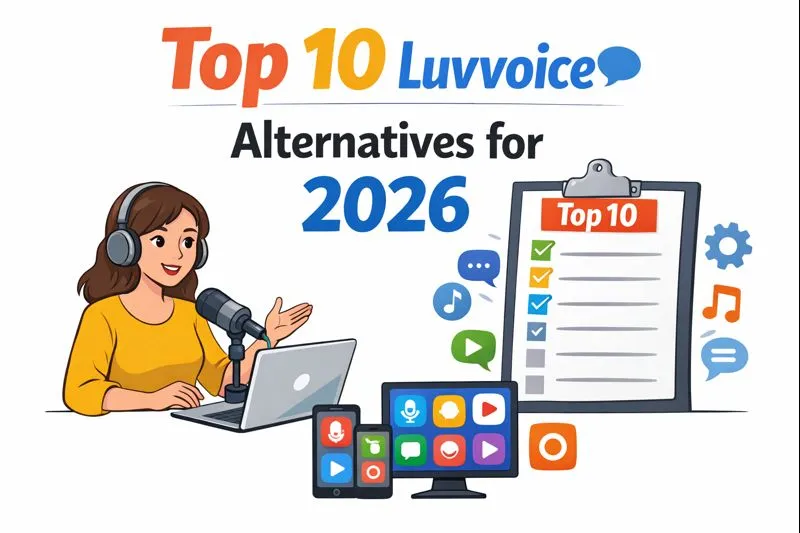Deep Learning Techniques in Speech Synthesis
TL;DR
Introduction to Deep Learning in Speech Synthesis
So, you're diving into deep learning for speech synthesis? It's kinda wild how far things have come. Remember back when synthesized voices sounded like robots reading a phone book?
Deep learning is changing everything, and speech synthesis is no exception:
- Complex Pattern Recognition: ai can learn super-complicated speech patterns from just tons of data. It's like, instead of telling it what to listen for, it figures it out itself. For instance, imagine teaching a child to recognize a cat. You don't list every single feature; they just see enough cats and eventually get it. ai does something similar with speech.
- Automated Feature Extraction: Forget manual tweaking; deep learning handles feature extraction automatically, which saves a lot of time and effort. It finds the important bits in the audio data without us having to tell it what they are.
- Expressiveness Boost: Deep learning makes synthesized speech way more natural and expressive, which, honestly, makes it less creepy to listen to.
That's the gist of it – ai doing the heavy lifting to make digital voices sound more human.
Key Deep Learning Models for Speech Synthesis
Okay, so you wanna get into the nitty-gritty of deep learning models for speech synthesis, huh? It's kinda like learning a new language – daunting at first, but surprisingly cool once you get the hang of it. Did you know that some of these models can now mimic voices so well, it's almost scary?
Tacotron and its successor, Tacotron 2, are sequence-to-sequence models that use attention mechanisms. Basically, they take text and turn it into spectrograms, which then get converted into waveforms. Think of it like a translator that understands the nuances of speech.
- One of the biggest strengths of Tacotron is its end-to-end training. That means you can adapt it to new datasets relatively easily. This makes it much simpler to fine-tune for specific voices or styles, without needing to retrain every single component from scratch.
- But, and it's a big but, it needs a lot of training data. We're talking substantial amounts, so if you're working with limited data, you might hit some walls.
For example, in e-learning platforms, Tacotron can create personalized voiceovers for courses, making learning more engaging. To achieve this, the model needs to be trained on a large, clean dataset of the instructor's voice, allowing it to capture their unique speaking style and intonation. As a review of deep learning techniques for speech processing explains, these models have revolutionized how machines extract intricate features from speech data.
FastSpeech is like the speed demon of speech synthesis. It uses a feed-forward transformer network to generate mel-spectrograms in parallel.
- The big win here is speed. It's way faster than those autoregressive models, which is crucial for real-time applications.
- But here's the catch: sometimes, you might need extra tricks to get that high-fidelity sound. This often involves techniques like post-filtering or using more advanced neural vocoders to smooth out any rough edges or unnatural artifacts that can arise from the faster generation process. It's a trade-off between speed and quality.
Advancements and Refinements in Deep Learning Speech Synthesis
So, things are moving fast in deep learning speech synthesis. Remember when voice cloning was just a sci-fi trope? Now it's almost commonplace.
- Neural Vocoders are seriously stepping up waveform generation. Think of them as the audio engineers of ai, fine-tuning the raw sound. Unlike older methods that might produce a more robotic or muffled output, neural vocoders generate much more realistic and detailed audio waveforms, making the synthesized speech sound clearer and more natural.
- Voice Cloning is getting scary good at capturing speaker characteristics. It's not just about mimicking words, but also tone and style.
- Semi-Supervised Learning is helping models learn from way less data. That's a game-changer for niche applications.
Imagine personalized audiobooks voiced by your favorite actor, or even yourself! But it also raises questions about consent and authenticity, you know? This means we need to think about who has the right to use someone's voice and how we can be sure that the AI-generated speech is actually what someone intended to say, rather than something fabricated.
Applications and Future Trends
Okay, so where is this all headed, right? Feels like we're just scratching the surface, but it's already kinda mind-blowing.
- ai voice tech is seeping into everything, from your alexa to helping folks who can't see read stuff. For visually impaired individuals, AI voice technology can read out digital content, making information more accessible and independent.
- Video peeps are using ai for voiceovers, which is a time-saver, big time. Content creators can quickly generate voiceovers for videos without needing to hire voice actors, speeding up production workflows.
- And, of course, audiobooks are getting the ai treatment, making it easier to produce them. This allows for a wider range of books to be made into audio format, potentially at a lower cost, and even enables personalized narration options.
It's not perfect, but hey, progress, right?






